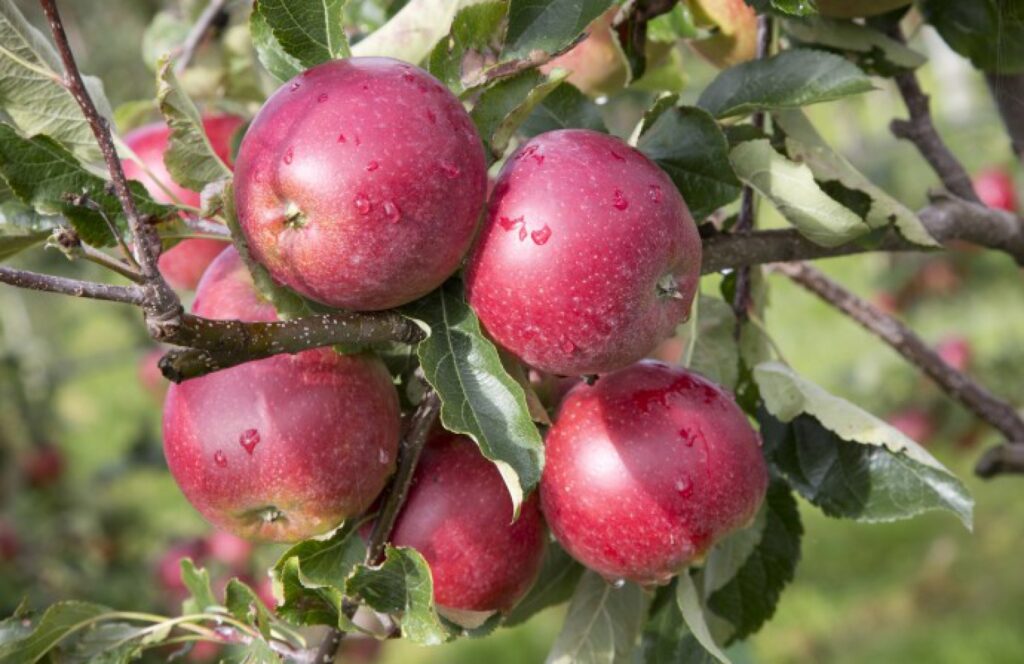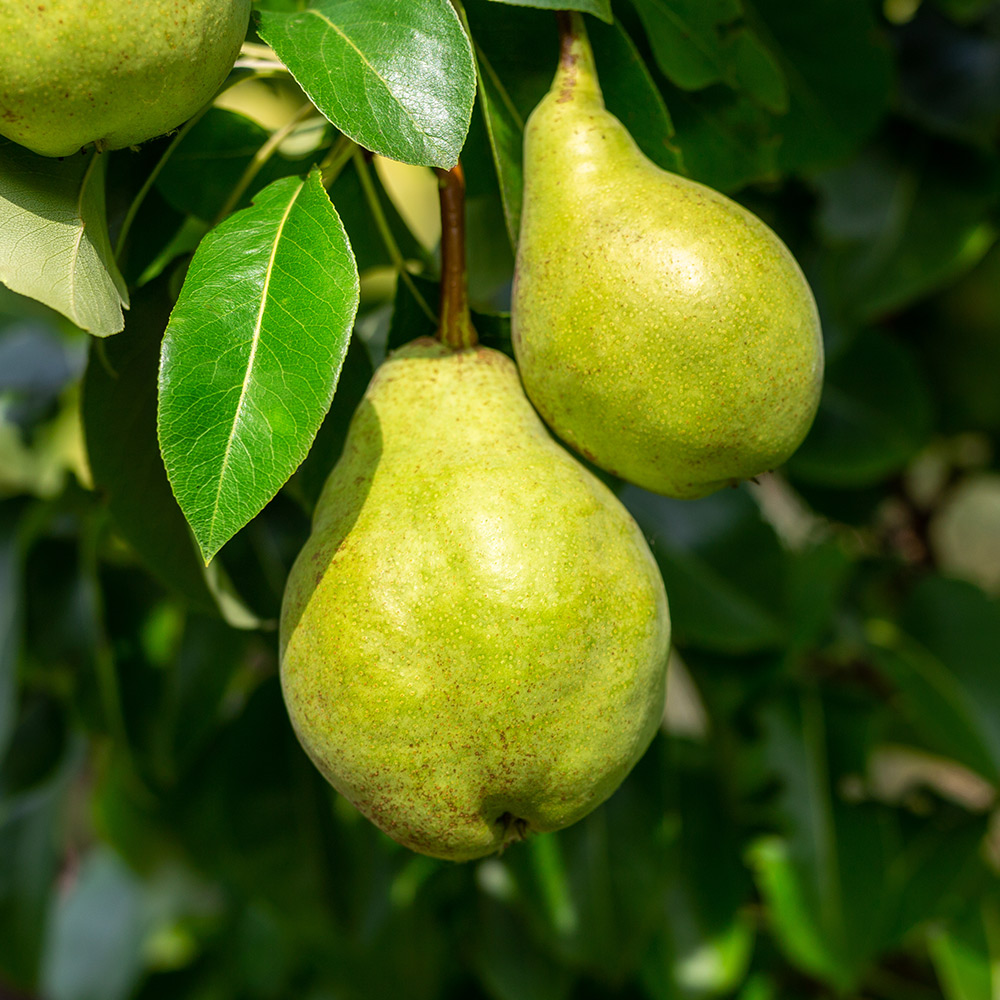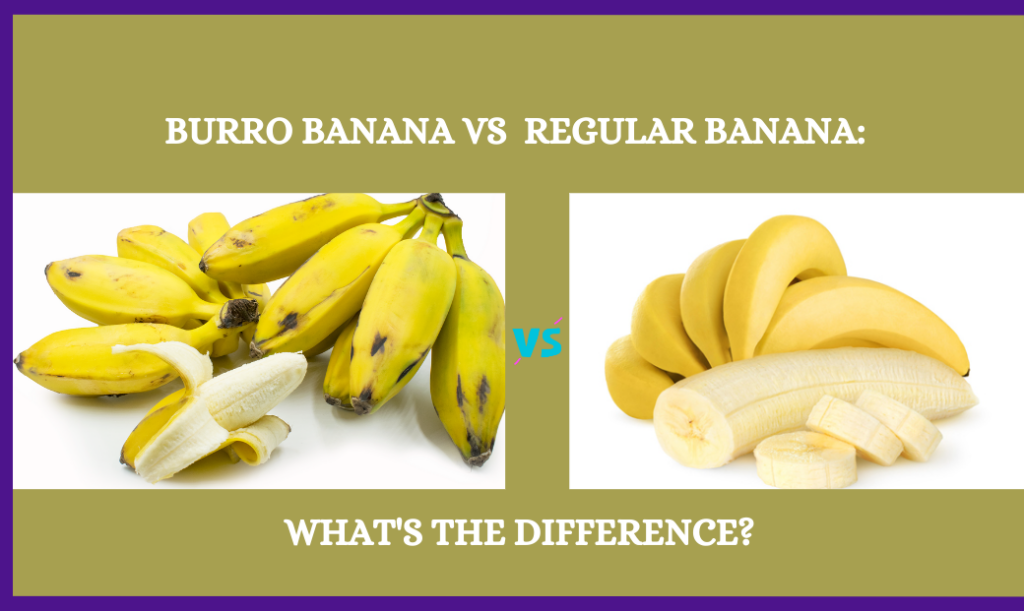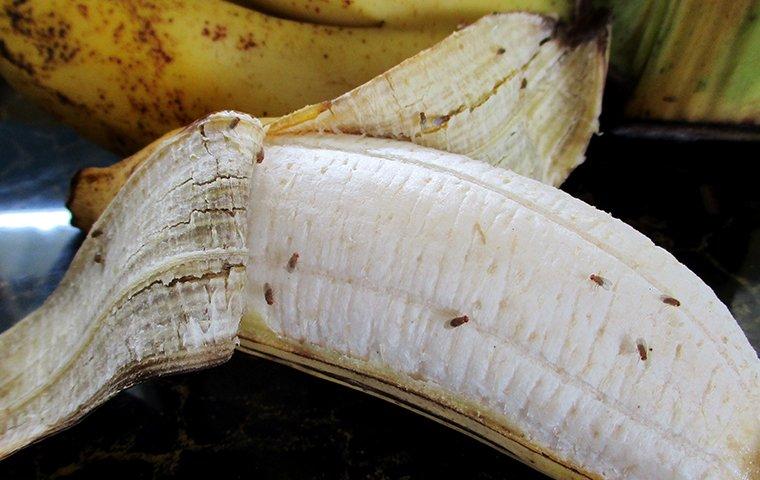The santol, also known as sentul or cotton fruit, is a tropical fruit from Southeast Asia. It’s from the same family as mahogany trees. You can often find santol as a delicious snack at markets in places where it grows.
- How it grows: From seeds
- Picking time: Between March and September, this may vary by location
- Where it lives: Tropical or subtropical areas
- What temperature it likes: It’s happiest at 20°C but can handle a bit colder, down to 6-7°C
- How tall it gets: They usually grow to 20 meters but can reach up to 45 meters
- Its leaves: They are evergreen and stay on the tree
- How it makes more santols: It can pollinate by itself
Santol trees are fascinating and full of nutrients. They come from seeds and their fruiting season happens mostly in the first half of the year. These trees love a warm climate and can manage in places where it drops to 6-7°C. A standard santol tree is around 20 meters tall, but they can grow as tall as 45 meters. Their leaves are green all year, and they don’t need another tree to help them with pollination—they can do it themselves.
One tree can give you over 20,000 santols in a year. There are mainly two types—yellow and red. The red ones are usually what you see people selling, but the trees are not just for eating. They’re also pretty to look at and have traditional medicine uses.
Santol fruits are shaped like balls or ovals and get a bit squished at the ends. Their skin feels tough and has some fuzz, starting out green and then turning yellow with a hint of red when they’re ripe. The thickness of the skin changes depending on the kind of santol—it could be thin or really thick. When you open one up, you’ll find 3-5 seeds you can’t eat surrounded by a sweet white flesh that feels like cotton. The flavor varies: the fruit can be sweet like peaches and apples, or sour with a taste that stays in your mouth after you’re done eating. beim Beschreiben von Zitronenlimetten.
Table of Contents
What Does Santol Taste Like?
Santol has a special flavor, mixing sweet and sour with hints of peaches and apples. When the fruit ripens, it gets sweeter and less sour. Its flesh is wonderfully soft and filled with juice when it’s fully ripe. Depending on the variety, the skin can range from being not so thick and a bit stringy, to thick and sort of like a sponge.
Where the Santol Comes From
The santol comes from a region called Malesia but now grows in other places like Indochina, Sri Lanka, India, northern Australia, Mauritius, the Philippines, and the Seychelles. It’s grown a lot in these areas, and its fruits are loved in local and even international markets.
In the Philippines, lots of people grow santol trees in their yards because the trees spread out and give nice shade. The wood is strong, so they make things like furniture and boats from it. The santol tree is also known for its healing properties in Filipino folk remedies. Different parts of the tree can be used for things like soothing the stomach or treating fevers.
So, the santol tree does a lot of things. It’s great for giving shade, it helps with health problems, and you can use its wood for building. That’s why it’s become very popular for both gardens and selling at markets in the Philippines.
How to Grow Santol Trees
The santol tree likes to grow in places that are humid and not too high up—below 3,000 feet is best. It grows really well in rich, organic soil and loves rain all year round, though it can go without water for a while. To help the trees grow nicely, you should plant them about 20-25 feet apart from each other and give them some fertilizer two times a year.
Usually, trees that grow from seeds will start making fruit when they are 5-7 years old, but some kinds can do it in just 3-4 years. A big santol tree can give you lots of fruits—from 18,000 to 24,000 each year. In places like Puerto Rico, people harvest santols around August or September.
Ways to Get More Santol Trees
There are several ways to grow new santol trees. People often use methods like inarching, marcotting, grafting, and budding. Sometimes they use seeds, but that doesn’t always make the best-tasting fruits.
Inarching is quite a simple method. It involves taking two shoots from the tree and slotting one into a cut in the other. The two parts then grow together over some weeks or months. It’s not a common method, but it can result in more fruit.
Marcotting is like giving a branch its own roots by air layering. The branch is from another tree, and you keep the area where the roots are growing moist until it’s ready to be on its own. Once it has roots, you can plant it in the ground or a pot.
Grafting joins a shoot tip from one plant (scion) to the root system of another (rootstock). This creates a strong combination and can make the trees more resistant to diseases. It also introduces genetic diversity over time.
Lastly, budding involves taking small buds and putting them into cuts on a tree’s branches. They are kept in place until they start to grow. Then, when they’re ready, you can_trim_
The cutting method used here is strong and works well, like the way citrus trees are grafted with a cleft graft rather than how stone fruit trees like peaches are grafted with whip or tongue grafts. This approach generally has fewer chances for the tree to get sick and also tends to give better results compared to other ways of growing new trees.
There are quite a few different ways you can grow santol trees. By picking the method that fits your situation best, you can enjoy growing these tasty fruits right in your own backyard.
Seasons/Availability
Santol fruit season runs from March to September depending on where you are located. This is when the fruit is at its sweetest and juiciest. If you keep an eye on how the fruit is growing, you can make sure to pick it when it’s just right.
If you pick santol fruit too early, it might not be fully sweet and could be too firm. But if you leave it on the tree too long, it might get too ripe and lose some of its sweetness. Farmers are careful to watch their fruits’ growth so that they pick them when they’re at their best quality and taste.
Picking the santol fruit at the right moment is key for the best taste and texture. Farmers need to pay close attention to the fruit during its peak months to make sure it’s harvested at the perfect time for top-notch quality. p>
Nutrition Facts
Eating santol fruit is a healthy choice because:
- It has iron, which moves oxygen around in your blood
- It’s full of fiber to help keep your digestive system regular
- There’s calcium and phosphorus in it to help your muscles and bones grow strong
- It has a lot of Vitamin C, which is good for your immune system
Santol fruits are also low in fats and calories, so they are a good snack for people who want to keep their weight in check or lose weight.
Health Benefits
These fruits bring a whole lot of health perks:
- Regulate Blood Pressure: Santol fruits have potassium, which keeps your blood pressure in check and cuts down the risk of stroke.
- Improve Digestion: The fiber in santol fruits helps your stomach work well and prevent getting bunged up.
- Boost Immunity: The Vitamin C in santol helps your body fight off germs.
- Strengthen Bones: Getting enough calcium and phosphorus from santol can lead to strong bones and teeth.
- Lower Cholesterol: Santol has pectin, which can lower bad cholesterol and help stop heart problems.
If you eat santol fruit as part of a balanced diet, you can get many health benefits that make you feel great.
How To Enjoy Santol Fruit
Here are some ways you can enjoy santol fruit:
- Eat it fresh: Pick the ripe fruits and eat the sweet pulp as is or with a sprinkle of spices.
- Santol and seafood: Mix the fruit with coconut milk and seafood like prawns for a tasty dish.
Ll>Cook it: Make santol into a sweet treat by candying it or turning it into marmalade. C) Blend and strain the fruit to make a refreshing santol juice. - Make ice cream: Simmer santol with sugar and water, blend it, freeze, and enjoy a you>homemade santol sorbet.
What is santol fruit called in English?
In English, santol fruit is known as cotton fruit.
What does santol fruit taste like?
Santol fruit has a unique, tasty flavor—it’s sweet and sour, much like an apple’s crunch and juice.
Is Santol fruit healthy?
Yes, santol fruit is good for you! It’s full of fiber, antioxidants, and vitamins like C. Plus, it has minerals such as magnesium, potassium, and iron. Santol also includes calcium and phosphorus, which are important for strong bones. It has properties that can decrease swelling in your body, too. Since it’s low in calories and fats, you can enjoy it as a healthy food option.









